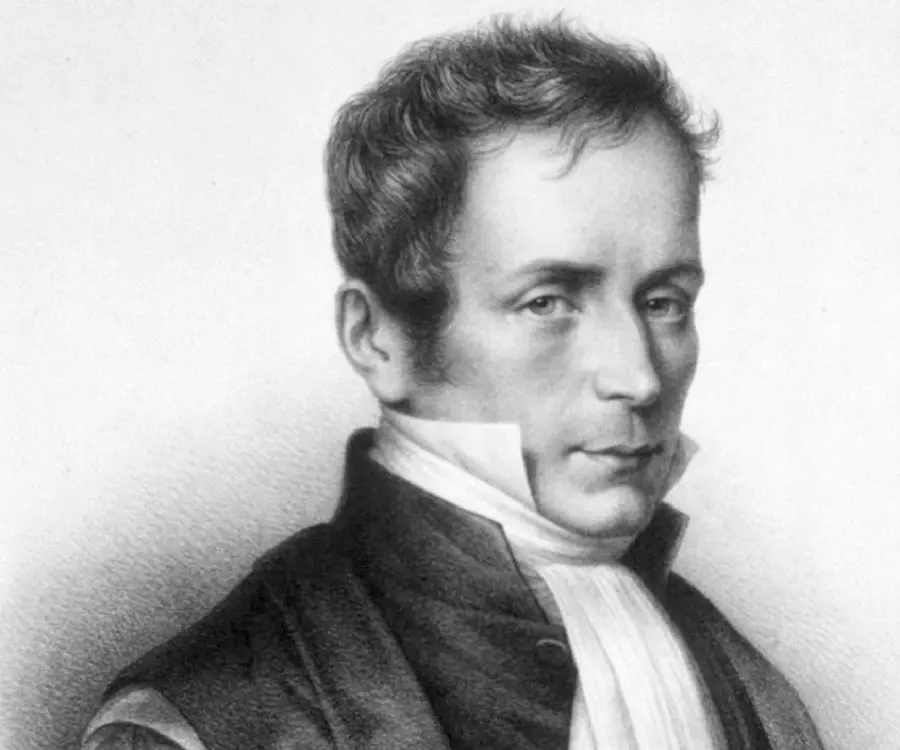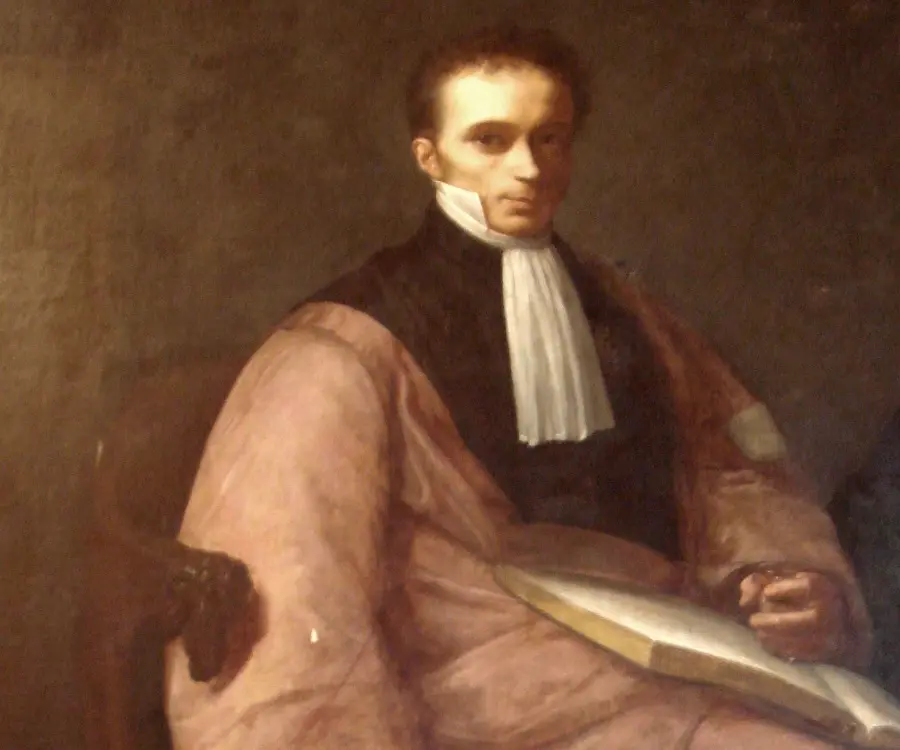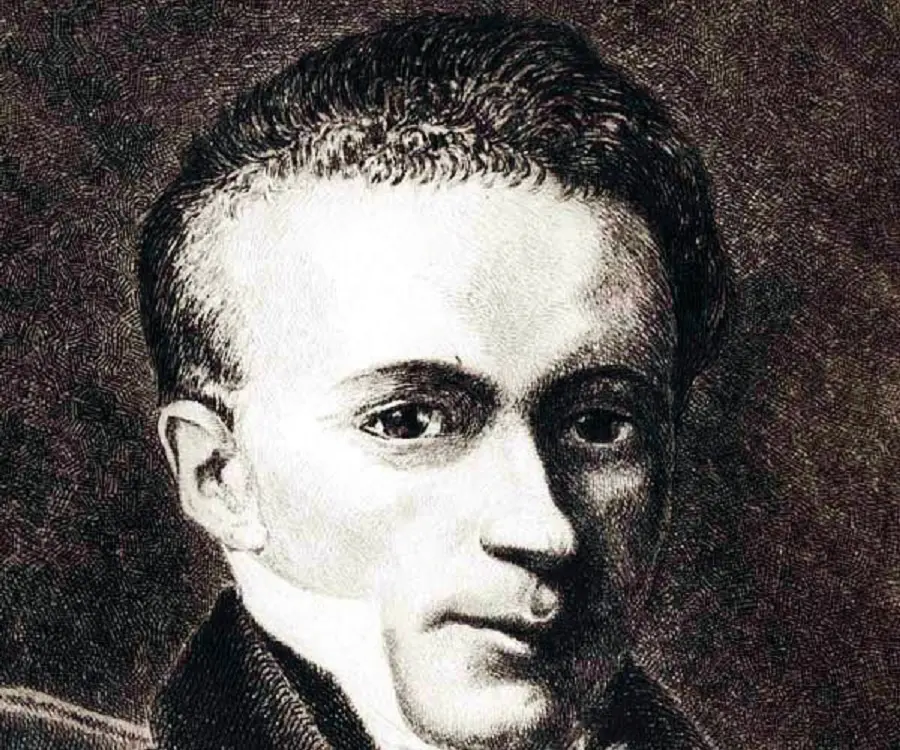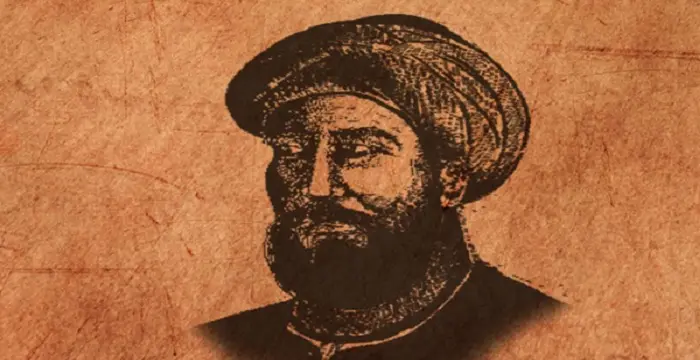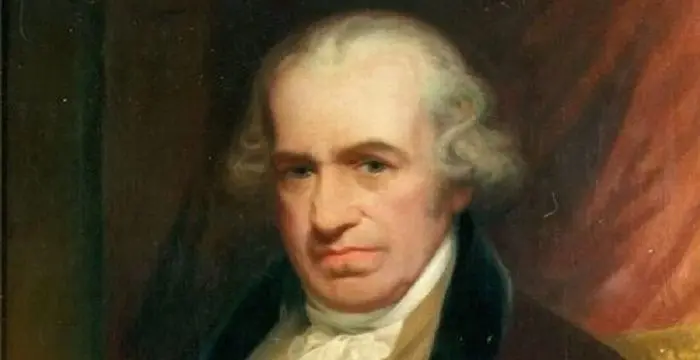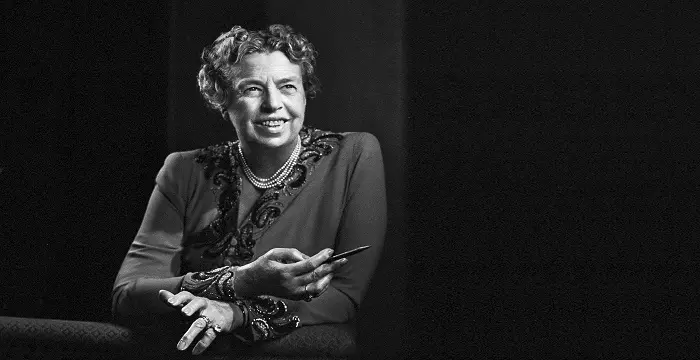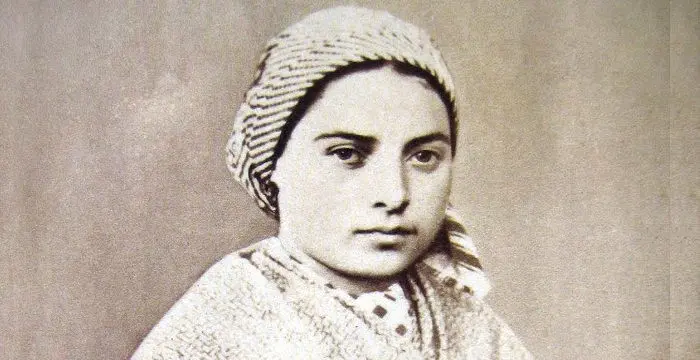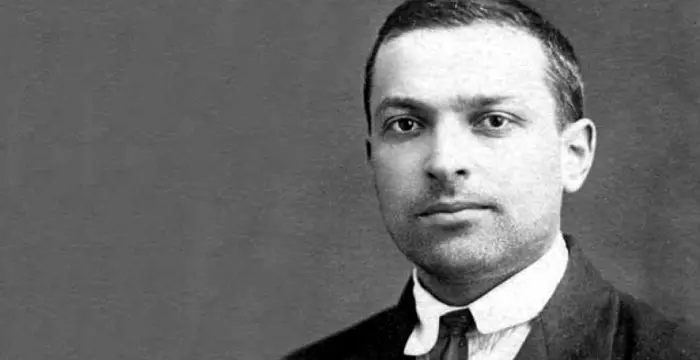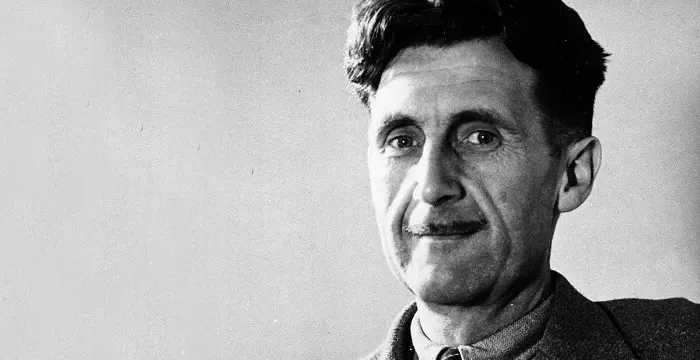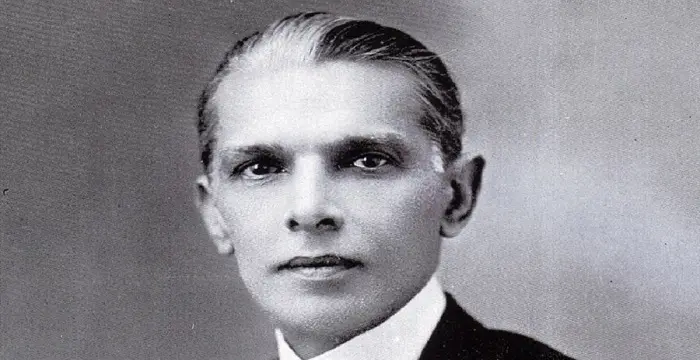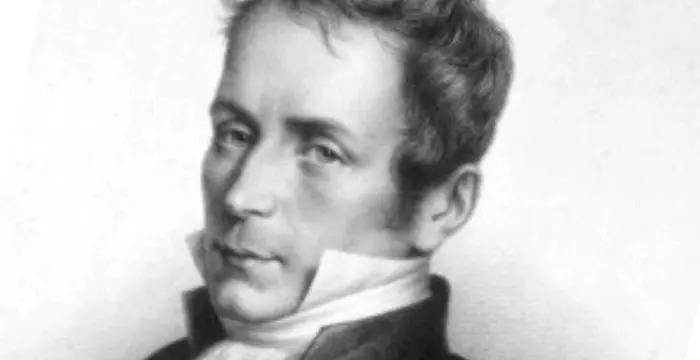
René Laennec - Inventor of Stethoscope, Birthday and Family
René Laennec's Personal Details
René Laennec was a French physician who invented the stethoscope
| Information | Detail |
|---|---|
| Birthday | February 17, 1781 |
| Died on | August 13, 1826 |
| Nationality | French |
| Famous | Inventors & Discoverers, Physicians, Inventor of Stethoscope |
| Spouses | Jacquette Guichard Laënnec |
| Siblings | Michaud Laënnec |
| Cause of death |
|
| Birth Place | Quimper, France |
| Religion | Roman Catholic |
| Gender | Male |
| Father | Théophile-Marie Laënnec |
| Mother | Michelle Félicité Guesdon Laënnec |
| Sun Sign | Aquarius |
| Born in | Quimper, France |
| Famous as | Inventor of Stethoscope |
| Died at Age | 45 |
René Laennec's photo
Who is René Laennec?
René Laennec was a French physician who invented the stethoscope. Known as the father of clinical auscultation, René Laennec is considered to be one of the greatest doctors of all times. Born as the son of a lawyer, he was actually discouraged from practicing medicine as a young man. But as fate would have it, he proceeded to study under several famous physicians, including Dupuytren and Jean-Nicolas Corvisart-Desmarets before becoming a prominent physician in his own right. The introduction of auscultation—a new method to diagnose diseases was his biggest contribution to medical science. This method involves listening to and identifying various sounds made by different body organs. Before the invention of this method, Laennec’s diagnostic method involved placing his ear on the chest of his patients. This method made him quite uncomfortable especially while he was diagnosing young women and hence this led to the innovation of a new device called stethoscope which he initially termed as “chest examiner”. With his new chest examiner, he was able to study the different sounds of the heart thus categorizing them as either healthy or unhealthy. Though criticized initially, his works were way ahead of his times and had a great impact on medical science.
// Famous Physicians
Al-Zahrawi
Al-Zahrawi, was an illustrious medieval Arab Muslim physician and surgeon. Check out this biography to know about his childhood, family life, achievements and interesting facts about him.
Jabir Ibn Hayyan
Jabir Ibn Hayyan was a medieval era polymath. Check out this biography to know about his life, works and achievements.
Maria Montessori
Maria Montessori was a physician and educator who developed the approach of Montessori education. This biography of Maria Montessori provides detailed information about her childhood, life, achievements, works & timeline.
Childhood & Early Life
René Laennec was born on 17 February 1781, in Quimper, France, to Théophile-Marie Laënnec and Michelle Félicité Guesdon Laënnec. His mother died of tuberculosis when he was five or six years old, leaving Rene and his brother in the care of their father.
Their father, a lawyer, was an incompetent guardian, known for his reckless spending. In 1793, during the French Revolution, the boys were sent to live with their uncle Guillaime-François Laennec who was the dean of medicine at the University of Nantes.
Under his uncle’s able guidance the young René too developed an interest in medicine and began his medical studies. His father, however, did not want his son to become a doctor and tried to dissuade him from practicing medicine.
Confused, Laennec spent a period of time studying Greek and writing poetry. But he could not stay away from the medical field for long. He soon enrolled as a medical student in Paris’ finest hospital, the Charite, and studied under prominent physicians like Dupuytren and Jean-Nicolas Corvisart-Desmarets. A brilliant student, he became a member of the Societe d'Instruction Medicale.
Career
René Laennec started publishing important scientific papers on a variety of topics in 1802. One of his major papers was on peritonitis (inflammation of the abdominal cavity's lining).
He suffered from poor health and shortness of breath but his health problems did not deter his commitment to medical science. He continued working hard in spite of his health issues.
In 1804, his doctoral thesis on the relationship of the ancient Greek Hippocratic doctrine to practical medicine was accepted and he was elected to the Societe de l'Ecole de Medecine, formerly the Royal Society of Medicine.
Soon he became an editor and contributor to the esteemed ‘Journal of Medicine, Surgery, and Pharmacy’ and proceeded to open his own private practice. During the Napoleonic Wars in 1812-13, he took charge of the wards in the Salpêtrière Hospital in Paris, which was reserved for wounded soldiers.
A stanch Roman Catholic, his religious affiliation helped him to secure an appointment as personal physician to Joseph Cardinal Fesch, half brother of Napoleon and French ambassador to the Vatican in Rome. He remained Fesch’s physician until 1814.
In 1816, René Laennec was appointed a physician at the Necker Hospital in Paris. During that period, doctors used to place their ear on the chest of the patient to listen to chest sounds. Laennec found this method embarrassing when treating women, especially overweight ones.
When a young overweight woman came to him complaining of chest problems, he found the traditional method of listening to heartbeats to be very ineffective. So he rolled some paper into a cylinder and placed one side on the woman’s chest and the other to his ear. He could now hear the sounds more clearly.
He improvised on the new device he had just designed and called it a stethoscope, from stethos (chest), and skopos (examination). He published ‘De l’auscultation médiate’ (“On Mediate Auscultation”) in 1819; it was the first discourse on a variety of heart and lung sounds heard through the stethoscope.
After the publication of the English translation of this seminal work, he gained much popularity worldwide. Physicians from all over Europe came to him to learn about the new device and he became a lecturer of international repute.
He was appointed chair and professor of medicine at the College of France in 1822. The next year, he became a full member of the Academy of Medicine.
Major Works
René Laennec invented the stethoscope. The initial model he developed consisted of a wooden tube and was monaural; it was very similar to the common ear trumpet, a historical form of hearing aid. The new device helped him in classifying the terms rales, rhonchi, crepitance, and egophony pertaining to sounds captured by the stethoscope.
He coined the term melanoma, referring to a type of cancer that typically occurs in the skin but may rarely occur in the mouth, intestines, or eye. He was the first to recognize that melanotic lesions were the result of metastatic melanoma. His report on the disease was initially presented during a lecture for the Faculté de Médecine de Paris in 1804 and then published as a bulletin in 1806.
His works helped in understanding the liver disease, cirrhosis. He coined the term cirrhosis, using the Greek word (kirrhos, tawny) that referred to the tawny, yellow nodules characteristic of the disease. Laennec's cirrhosis, a disease associated with inflammatory polyarthritis is named after him.
Awards & Achievements
René Laennec was honored by the government with First Prize in Medicine and Sole Prize in Surgery in 1803.
He was made a knight of the Legion of Honor in 1824.
Personal Life & Legacy
René Laennec married quite late in his life. At the age of 43, he wed a widow, Jaqueline Argou, who had previously been his housekeeper. His wife soon became pregnant but suffered a miscarriage after a few months.
He was a very kind and religious person, known for his charity towards the underprivileged.
Never having enjoyed robust health, René Laennec was diagnosed with tuberculosis in April 1826. He died of the disease on 13 August 1826, aged just 45.
// Famous Inventors & Discoverers
Nikola Tesla
Nikola Tesla was a Serbian-American inventor, best known for his development of alternating current electrical systems. This biography of Nikola Tesla provides detailed information about his childhood, life, achievements, works & timeline.
Thomas Newcomen
Thomas Newcomen was a British inventor who developed the world’s first steam engine. Browse through this biography to learn in details about his life, career, works and timeline.
Erno Rubik
The famous inventor and educationist, Erno Rubik is known world-wide for his invention the ‘Rubik’s Cube’. To know more about the childhood, profile, timeline and career of this famous architect-inventor read on.
René Laennec biography timelines
- // 17th Feb 1781René Laennec was born on 17 February 1781, in Quimper, France, to Théophile-Marie Laënnec and Michelle Félicité Guesdon Laënnec. His mother died of tuberculosis when he was five or six years old, leaving Rene and his brother in the care of their father.
- // 1793Their father, a lawyer, was an incompetent guardian, known for his reckless spending. In 1793, during the French Revolution, the boys were sent to live with their uncle Guillaime-François Laennec who was the dean of medicine at the University of Nantes.
- // 1802René Laennec started publishing important scientific papers on a variety of topics in 1802. One of his major papers was on peritonitis (inflammation of the abdominal cavity's lining).
- // 1803René Laennec was honored by the government with First Prize in Medicine and Sole Prize in Surgery in 1803.
- // 1804In 1804, his doctoral thesis on the relationship of the ancient Greek Hippocratic doctrine to practical medicine was accepted and he was elected to the Societe de l'Ecole de Medecine, formerly the Royal Society of Medicine.
- // 1812 To 1813Soon he became an editor and contributor to the esteemed ‘Journal of Medicine, Surgery, and Pharmacy’ and proceeded to open his own private practice. During the Napoleonic Wars in 1812-13, he took charge of the wards in the Salpêtrière Hospital in Paris, which was reserved for wounded soldiers.
- // 1814A stanch Roman Catholic, his religious affiliation helped him to secure an appointment as personal physician to Joseph Cardinal Fesch, half brother of Napoleon and French ambassador to the Vatican in Rome. He remained Fesch’s physician until 1814.
- // 1816In 1816, René Laennec was appointed a physician at the Necker Hospital in Paris. During that period, doctors used to place their ear on the chest of the patient to listen to chest sounds. Laennec found this method embarrassing when treating women, especially overweight ones.
- // 1819He improvised on the new device he had just designed and called it a stethoscope, from stethos (chest), and skopos (examination). He published ‘De l’auscultation médiate’ (“On Mediate Auscultation”) in 1819; it was the first discourse on a variety of heart and lung sounds heard through the stethoscope.
- // 1822He was appointed chair and professor of medicine at the College of France in 1822. The next year, he became a full member of the Academy of Medicine.
- // 1824He was made a knight of the Legion of Honor in 1824.
- // 13th Aug 1826Never having enjoyed robust health, René Laennec was diagnosed with tuberculosis in April 1826. He died of the disease on 13 August 1826, aged just 45.
// Famous Tuberculosis peoples
Eleanor Roosevelt
Eleanor Roosevelt was the the First Lady of the United States from 1933 to 1945. Check out this biography to know about her childhood, family life, achievements and other facts related to her life.
Bernadette Soubirous
Saint Bernadette was a Christian Saint who had Marian apparitions of a small young lady who identified herself as the Immaculate Conception. Know more about her childhood, life and works in this brief biography
Lev Vygotsky
Lev Vygotsky was a Soviet developmental psychologist, known as the "Mozart of psychology." This biography of Lev Vygotsky provides detailed information about his childhood, life, achievements, works & timeline
George Orwell
George Orwell was an English novelist, essayist, journalist and critic; he is best known for his novels ‘Animal Farm’ and ‘Nineteen Eighty-Four’. Check out this biography to know about his childhood, life, achievements, works & timeline
Muhammad Ali Jinnah
Muhammad Ali Jinnah was an influential political leader of India before partition and instrumental in creation of Pakistan. This biography offers detailed information on his childhood, political career, life and timeline.
Jane Austen
Jane Austen was an English writer famous for her novels, ‘Pride and Prejudice’, ‘Emma’ and ‘Sense and Sensibility’. Check out this biography to know about her childhood, family life, achievements and other facts related to her life.
René Laennec's FAQ
What is René Laennec birthday?
René Laennec was born at 1781-02-17
When was René Laennec died?
René Laennec was died at 1826-08-13
Where was René Laennec died?
René Laennec was died in Ploaré, France
Which age was René Laennec died?
René Laennec was died at age 45
Where is René Laennec's birth place?
René Laennec was born in Quimper, France
What is René Laennec nationalities?
René Laennec's nationalities is French
Who is René Laennec spouses?
René Laennec's spouses is Jacquette Guichard Laënnec
Who is René Laennec siblings?
René Laennec's siblings is Michaud Laënnec
What is René Laennec's cause of dead?
René Laennec dead because of Tuberculosis
What is René Laennec's religion?
René Laennec's religion is Roman Catholic
Who is René Laennec's father?
René Laennec's father is Théophile-Marie Laënnec
Who is René Laennec's mother?
René Laennec's mother is Michelle Félicité Guesdon Laënnec
What is René Laennec's sun sign?
René Laennec is Aquarius
How famous is René Laennec?
René Laennec is famouse as Inventor of Stethoscope
